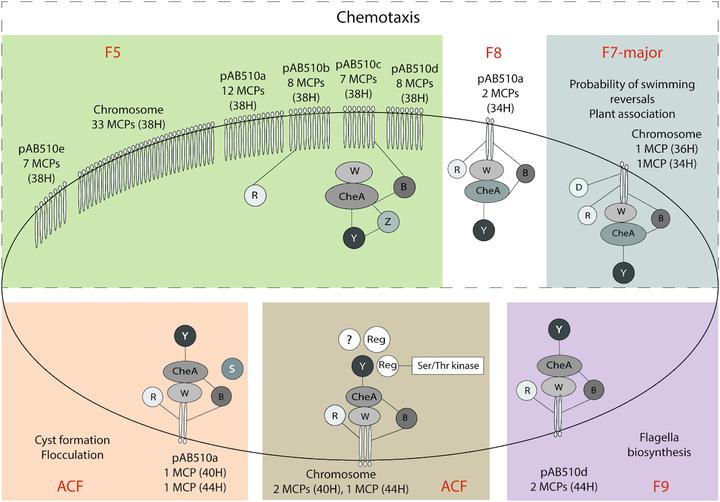MiST 3.0: an updated microbial signal transduction database with an emphasis on chemosensory systems

Abstract
Bacteria and archaea employ dedicated signal transduction systems that modulate gene expression, second-messenger turnover, quorum sensing, biofilm formation, motility, host-pathogen and beneficial interactions. The updated MiST database provides a comprehensive classification of microbial signal transduction systems. This update is a result of a substantial scaling to accommodate constantly growing microbial genomic data. More than 125 000 genomes, 516 million genes and almost 100 million unique protein sequences are currently stored in the database. For each bacterial and archaeal genome, MiST 3.0 provides a complete signal transduction profile, thus facilitating theoretical and experimental studies on signal transduction and gene regulation. New software infrastructure and distributed pipeline implemented in MiST 3.0 enable regular genome updates based on the NCBI RefSeq database. A novel MiST feature is the integration of unique profile HMMs to link complex chemosensory systems with corresponding chemoreceptors in bacterial and archaeal genomes. The data can be explored online or via RESTful API (freely available at https://mistdb.com).